There is a crucial need for any individual to stay healthy; this goes from preventing illness upto taking actions on curing a specific illness. While most people have relied on doctors to help with this cause, today, advanced technologies have already allowed people to accurately keep track on the status of their health without stepping out of their own homes.
A number of smart devices – some of them wearable devices – have already been made available in the market, which address different health and lifestyle issues. Let’s take a look at some of them:
1. Cactus
Cactus is an insulin management smart device that was formulated by Germany-based company Entwurfreich GmbH to answer the gap between the complex methodologies diabetics patients need to do on a day-to-day basis and the lack of streamlined technologies to do it.
According to Entwurfreich, Cactus aims to provide an organized process in the self-tests and record tracking that diabetics need to accomplish. As of today, the device remains a concept and no device has been made by the company yet. Nonetheless, it seems to be an ideal solution for the diabetics.
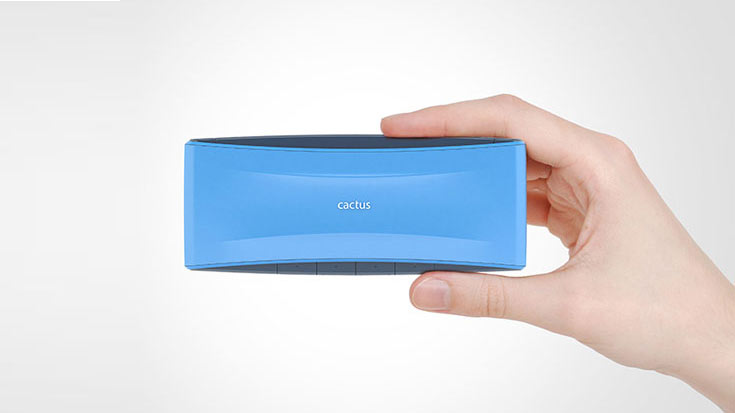
The Cactus device lets diabetics do two tasks: measure blood sugar levels and do an insulin injection. The two-step process starts off with activating the measuring function. To activate it, the patient should simply open the bottom side of the Cactus and use the measuring tools for the glucose level. Once this is accomplished, the device would automatically begin the second step: the calculation of the required insulin dose, wherein the dosage will be based on the glucose level measured.
The notifications on the device such as the calculated insulin would be shown through the e-ink technology installed in the device and recorded data can be saved in a way that the patient and the doctor can access it through a smartphone or computer.
2. Sound Hawk
Sound Hawk, a smart listening system, is unlike any other earpiece; it is not a mere hearing device for making calls, neither it is limited to the hearing-impaired individuals. The Sound Hawk includes three items: the Scoop, a wireless mic, and a charging case.
The Scoop is a 1.3-inch and 0.20-ounce lightweight hands-free earpiece that lets users listen to the surroundings better. Through the tuning functionality, individuals are able to match the device’s audio settings depending on the noise in the environment.
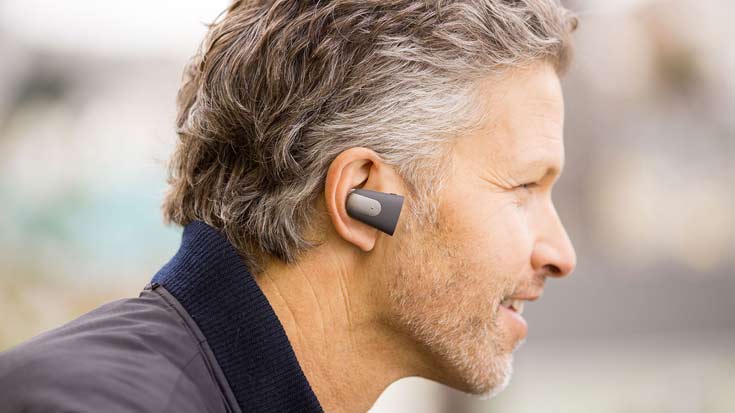
On top of this, through the device’s Active Listening feature, the user can reduce the background noise and elevate the sound he wants to hear in the device. Meetings, watching theater plays and movies, are just few of the examples where a Sound Hawk user can do this.
The wireless mic, a separate device, works along with the Scoop by simply clipping the mic near the sound source or just simply placing the near that sound source. The mic will then deliver the sound to the Scoop, which will give a clearer sound for the user. The mic will work within a 33-feet range. These two devices can then be charged through a portable carrying-and-charging case in one.
The Sound Hawk is for sale through its website for $299, which includes a USB cable, wall charger, ear tips and a user manual.
3. Peres
Peres is a handy electronic nose that aims to provide a more accurate analysis of the freshness of various produce such as pork, chicken, beef and fish. Peres is not only helpful before one buys an uncooked item, but it can also be used in checking whether foods families have at home or in the refrigerator are still fresh and safe to eat.
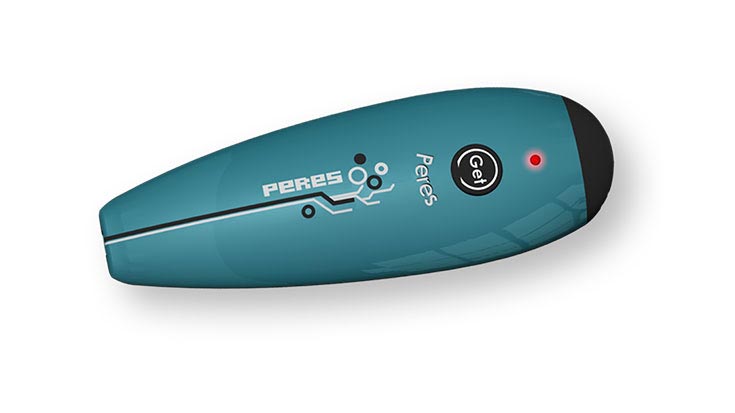
Peres does this through its temperature, humidity, amonia and volatile organic compounds sensors, which analyses the food once it is directed near the food product. Then, through the device’s Bluetooth, it will transfer the recorded data into the user’s smartphone or tablet, which can be used for tracking and sharing the data with friends.
Peres’ patent is currently pending under the European Patent Office. It was first available on crowdfunding platform Indiegogo at $89 for the first $350 funders. The makers of Peres is currently looking into partnerships to bring Peres into the market.
4. Foobot (previously Alima)
Foobot is a device that detects pollution levels in the users’ area through sensors and algorithms that reads through air patterns. The device is tied along and that app will give its users advices on how to make air that flows around the users’ house better.
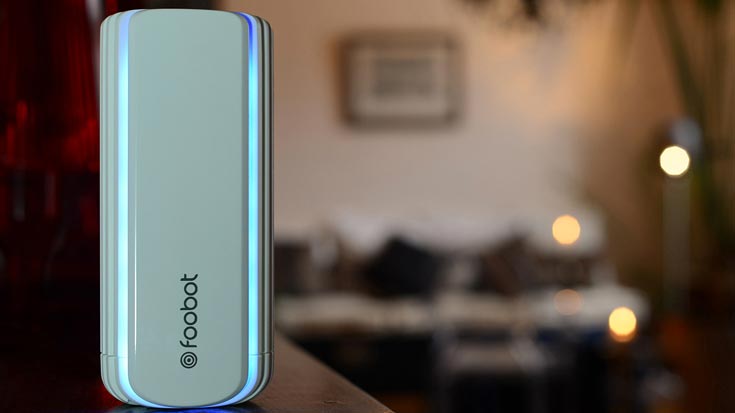
In addition, the device records previous air pollution information for the user to keep track on the improvement of the surrounding’s air quality.
The device can be bought through its website for €169.
5. Kinsa
Kinsa, dubbed the smart thermometer, tries to make a difference by intertwining the thermometer’s use and technology. Its thermometer promises to bring “fast and accurate” temperature reading – in only 10 seconds.
Along with the thermometer comes an extension cord that the user can optionally use, which can be attached to the user’s smartphone. The cord helps connect the thermometer’s data to the app that comes along with the Kinsa thermometer.
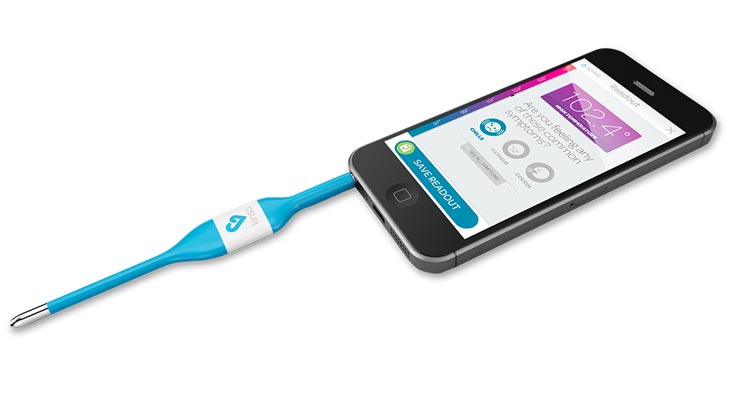
Under the app, users can store temperature data of each family member, including the time stamps of each measurement of the temperature. Along with this temperature, the users can encode the medicine the sick member has taken and add necessary photos. This data can then be showed by the users to their doctor for a more in-depth analysis.
The Kinsa smart thermometer can be purchased through their website, together with the extension cord and case for $29.99. Meanwhile, the app is available for a free download both on the Apple App Store and Google Play Store.



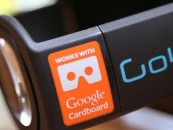
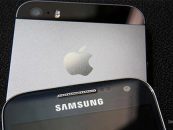

No Comments so far
Jump into a conversationNo Comments Yet!
You can be the one to start a conversation.